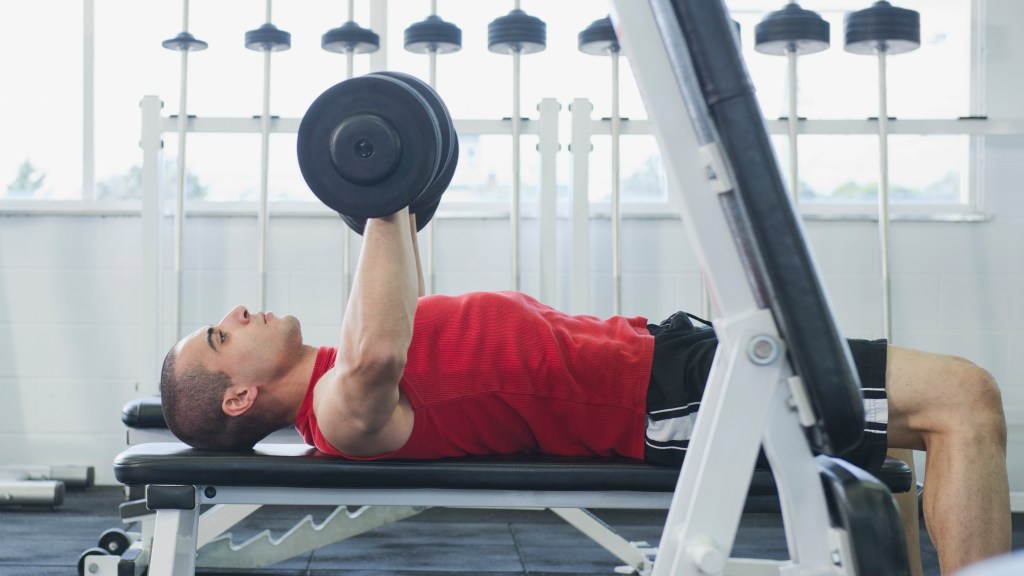Three Effective Strategies for Preventing Back Pain at the Gym
Recent research involving 1,000 participants, published in the journal Patient Related Outcome Measures, indicates that as many as 26% of individuals experience back pain during gym workouts at some point. “Exercise benefits our backs and spines, and the surrounding muscles are remarkably resilient,” explains sports physiotherapist Paul Hobrough. “We should engage in resistance training to maintain strength in our backs, yet one prevalent mistake is attempting to lift weights that exceed one’s capacity.” Hobrough advises starting with bodyweight exercises targeting large muscle groups, such as squats and lunges, which benefit the back. “Gradually incorporate weights, but not too hastily,” he cautions. “Free weights are superior to machines as they allow for a wider range of motion.”
Perform ‘the locust’ to Enhance Treadmill and Cross Trainer Workouts
Many users of cardio equipment like treadmills and cross trainers report lower back pain. This discomfort is often linked to tight hamstrings, which can misalign the pelvis, leading to increased impact trauma with each step, according to yoga instructor Lexie Williamson, author of Yoga for Runners (Bloomsbury). She suggests, “The locust exercise is beneficial for strengthening the back extensor muscles, alleviating tension in the back and shoulders, and enhancing both running and walking posture.” To perform the locust, lie face down with your arms at your sides. Inhale and lift your arms and torso off the ground while keeping your legs down. Maintain a downward gaze, aligning your head with your spine. Hold this position for five seconds, then repeat while also lifting your legs. Incorporate this exercise into your routine several times a week to build strength.
Opt for Comfortable, Non-Restrictive Clothing
According to a 2021 study from Kashmir University in India, wearing overly tight gym attire can disrupt your posture and adversely affect your lower back over time. For women, high-impact sports bras designed to minimize breast movement during intense exercise may create unintended strain on spinal musculature, as per findings from researchers at the University of Portsmouth published in the European Journal of Sport Science. Dr. Chris Mills from Portsmouth’s School of Psychology, Sport and Health Sciences notes, “While a supportive sports bra is vital for comfort during exercise, excessive bounce control may add stress to spinal muscles, increasing back pain risk.” It is advisable to be fitted for a sports bra that provides support without any gaping or chafing and effectively holds its position during activity.




Post Comment